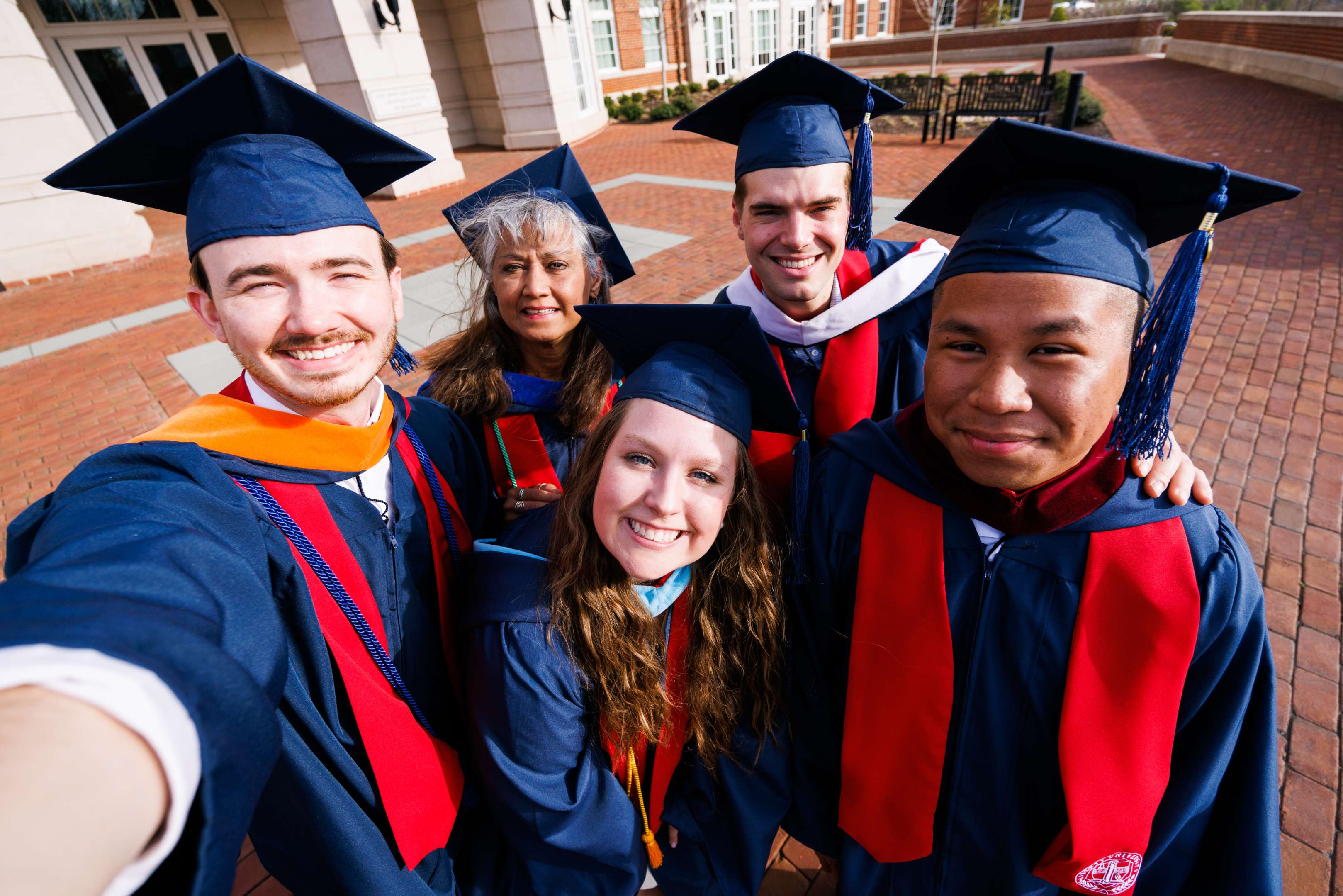BIOL 102 Principles of Human Biology
Course Description
For information regarding prerequisites for this course, please refer to the Academic Course Catalog.
Course Guide
View this course’s outcomes, policies, schedule, and more.*
*The information contained in our Course Guides is provided as a sample. Specific course curriculum and requirements for each course are provided by individual instructors each semester. Students should not use Course Guides to find and complete assignments, class prerequisites, or order books.
Rationale
This course will convey to the student that we are indeed fearfully and wonderfully made (Psalm 139). It will help the student gain a better appreciation and understanding of how each part of the body functions distinctly, yet in concert with all the other parts to form a beautifully engineered biological machine, the human body. BIOL 102 is an approved general education science course for non-technical (science, math, and engineering) majors.
Course Assignment
Textbook readings, other assigned readings, and lecture presentations
No details available.
Course Requirements Checklist
After reading the Course Syllabus and Student Expectations, the student will complete the related checklist found in the Course Overview.
Discussion
Discussions are collaborative learning experiences. Therefore, the student will create a thread in response to the provided prompt. The thread must be between 250-600 words and demonstrate course-related knowledge. The thread must include a graphic that provides statistical or scientific information relative to the prompt that is cited in current APA format. In addition to the thread, the student is required to reply to 2 other classmates’ threads. Each reply must be between125-300 words. Each thread must include at least 1 scholarly citation and 1 biblical reference, and each reply must incorporate at least 1 scholarly citation cited in current APA format. This assignment aligns with the following FSLOs: SSI 1, SSI 3, SSI 4.
Video Discussion
Discussions are collaborative learning experiences. Therefore, the student will complete 1 Video Discussion in this course in response to the provided prompt. The student will post 1 video of 1–2 minutes of themselves responding to the provided prompt. The video should have quality audio and lightning. The student must then post 2 written replies of at least 125 words. For each thread, the student must support his/her assertions with at least 2 scholarly citations in current APA format. In addition to written citations, the student must also verbally cite their citations in their video discussion. Each reply must incorporate at least 1 scholarly citation in current APA format. This assignment aligns with the following FSLOs: SSI 1, SSI 3, SSI 4.
Homework Assignments (8)
The student will complete an online assignment each Module: Week in Cengage’s MindTap digital platform. These assignments will reinforce and assess what is read in the course textbook and presented in the course presentations.
The assignment will introduce the student to the ABO and Rh blood typing systems, the process of agglutination, and the use of agglutination in the typing of human blood. The student will carry out a blood typing procedure using simulated (synthetic) blood and antisera. The student will perform the lab activity by following the provided instructions. This includes taking a picture of each sample with simulated antisera in the blood typing slide. Results of the experiment will be recorded in a PowerPoint presentation provided through the Blood Typing Activity Template.
The student will complete the provided crossword puzzle using terms to match definitions pertaining to the Learn materials. The student must print and physically sign their name to the completed puzzle before uploading their completed assignment.
Quizzes (8)
The student will complete 8 quizzes in this course. Each quiz will cover the Learn material for the Module: Week in which it is assigned. Each quiz will be open-book/open-notes, which means the student may refer only to his or her personal notes and materials for this course during the assessment. 5 quizzes will contain 25 multiple choice questions, allow for 1 attempt, and have a time limit of 60 minutes. The other 3 quizzes will contain 23 multiple choice questions and 2 essay questions, allow for 1 attempt, and have a time limit of 60 minutes.

Have questions about this course or a program?
Speak to one of our admissions specialists.
Inner Navigation
Have questions?
